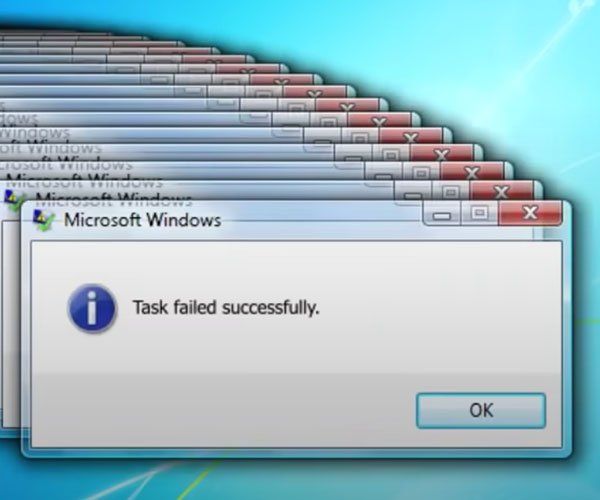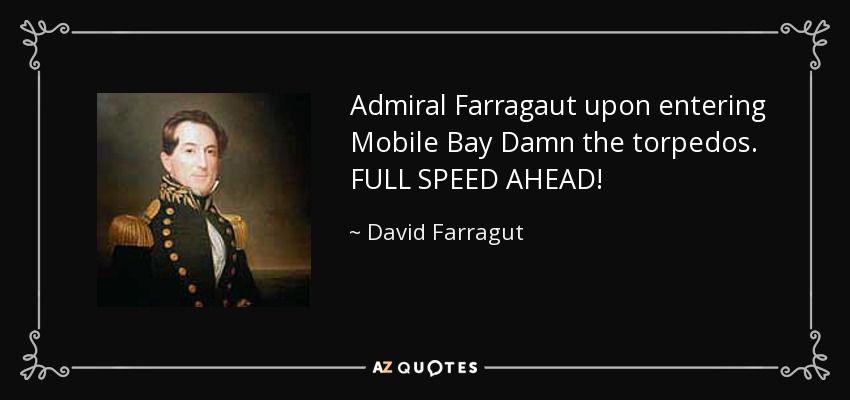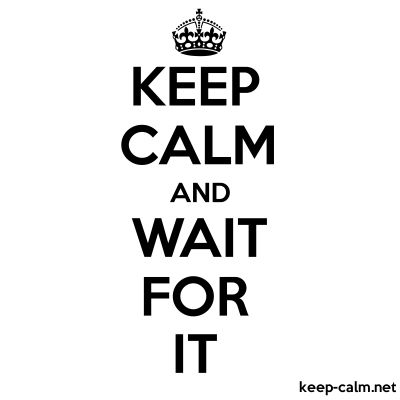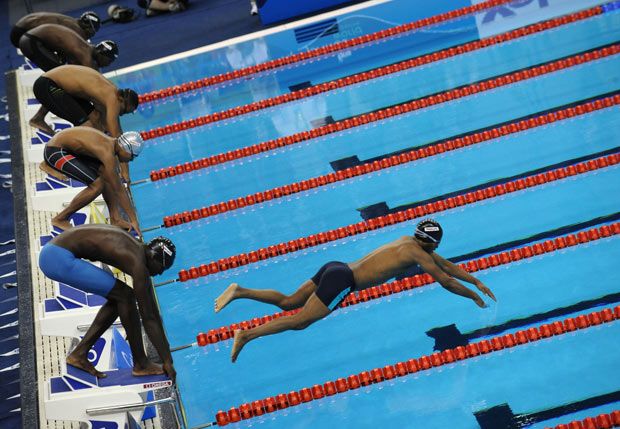



- Goldilocks: Find the balance in the middle: not too fast/not too slow. Not the lowest quality/not the highest quality. Perhaps the 480p version of the video is a good balance point: it'll look OK, won't take too long, and the 720p 1080p/4k versions are not far behind.
Implementing your webhook
You can test this integration at upload.a.video/webhook.
First we register a webhook at api.video to report to: upload.a.video/receive_webhooks
Then we add this code to process the webhook result when it arrives:
app.post("/receive_webhook", function (request, response) {
console.log("new video event from api.video");
//we're only getting video.encoding.quality.completed right now.. but let's be careful in case the webhook changes
if (type =="video.encoding.quality.completed"){
let videoId = body.videoId;
let encoding = body.encoding;
let quality = body.quality;
liveStreamId = body.liveStreamId;
webhookResponse = {"event":type,
"emittedAt": emittedAt,
"videoId":videoId,
"encoding":encoding,
"quality": quality
}
}
webhooks.push(webhookResponse);
response.sendStatus(200);
});
This endpoint takes the webhook and adds it to an array.
Video upload page
We've made 2 changes to the video upload page:
Add an encoding selector
We add a selector in the form to allow to you pick the level of encoding you desire to release the video. By default, we've selected 720p - on the higher end of things.
Change how the video url is displayed
When the video is uploaded, the earlier versions of the upload demos just added the link to the video (the false start!). We'll change the JavaScript on the page to do two things:
- Update the page that the video is being encoded, and the URL will be available shortly.
- Call the webhook endpoint to find out when the video encoding is completed.
console.log(video);
videoId = video.videoId;
playerUrl = video.assets.player;
//we have the video URL, but it miight not be encoded yet. We need to get the webhook confirmation
//STEP 1 tell them upload complete
//hack to make the math look good. yeah. i know.
document.getElementById("chunk-information").innerHTML = "Last chunk" + " is " + "100" + "% uploaded. Total uploaded: " + "100" +"%";
document.getElementById("video-information").innerHTML = "all uploaded! We're now waiting for the server to tell us that the encoding is ready to play." ;
//step 2 - start a new request for the webhook:
var oReq = new XMLHttpRequest();
oReq.open("POST", '/webhook', true);
var qualityJson = {"quality":videoQuality,
"videoId": videoId};
console.log(qualityJson);
var qualityJsonstring = JSON.stringify(qualityJson);
oReq.onload = function (oEvent) {
//encoding at selected quality is completed - tell the customer!!!
console.log("Video encoded! Watch here: ",playerUrl ) ;
document.getElementById("video-information").innerHTML = "Your Video has been encoded and is <a href=\'" + playerUrl +"\' target=\'_blank\'>ready to watch!</a>" ;
}
//send the quality value and the videoId we want to check on...
oReq.send(qualityJsonstring);
So now the webpage is waiting for the Node JS server to say "hey the video encoding you are looking for is ready."
Node JS code to check encoding versions
Recall that the webhook is writing every videoId and encoded version into an array. So we can just cycle through that array every 2 seconds to see if there is a video with the videoId and the encoding quality present. Once the webhook adds the video/quality - this will read that it is ready, and then reply back to the website that it is safe to show the URL to the user:
app.post('/webhook',(req,res) =>{
var reqBody = JSON.parse(req.body);
//video uploaded -but check to see if the
var videoId = reqBody.videoId;
var videoQuality = reqBody.quality;
console.log("received " + videoId + " " +videoQuality);
//we need to see if this videoId and qulity have been encoded.
//loop through all the webhook responses
function checkWebhook(videoId, videoQuality, webhooks){
foundMatch = false;
console.log("there are " + webhooks.length + " webhook entries to scan");
for(var i=0;i<webhooks.length;i++){
if(webhooks[i].videoId === videoId && webhooks[i].quality === videoQuality){
//we have a match!!
foundMatch = true;
res.sendStatus(200);
}
//}
}
if(!foundMatch){
//no match yet, so wait 2 seconds and try again
//not encoded yet, wait 2 sec and re-reun checkMp4
console.log("no webhook yet.");
setTimeout(checkWebhook,2000,videoId, videoQuality, webhooks);
}
}
checkWebhook(videoId, videoQuality, webhooks);
})
Conclusion
That's all there is to it. Instead of just showing the URL immediately after upload, we wait until the webhook tells us that the video is ready for playback. We can then provide the URL to our users (including the person who uploaded the video), and the link works - with "please wait while the video encodes" message.
Try it out at upload.a.video/webhook, and then use the code on Github to create your own webhook alerting function for videos.
If you have any questions or suggestions, please share them on our community forum. If you dont' have an api.video account yet, you can create on in just a few moments by following this link. Happy building!








